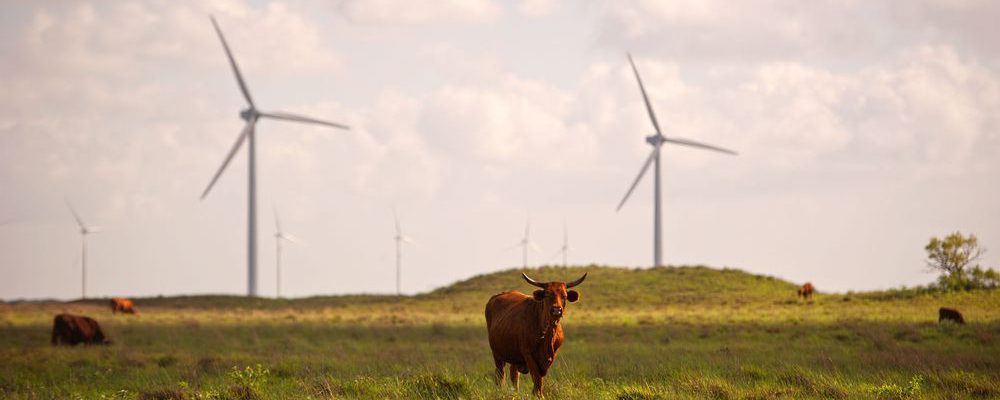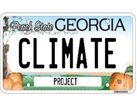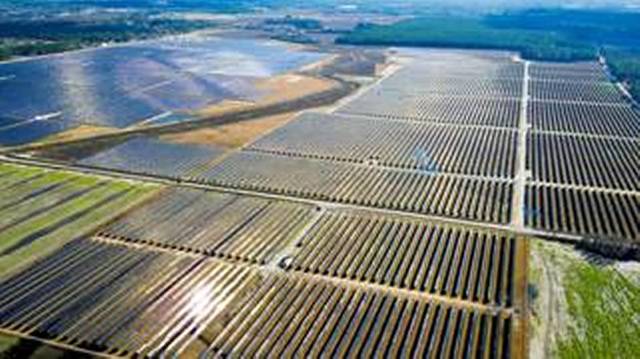Climate science
-

I frequently get asked questions about questionable information that people have found online in social media and elsewhere on various aspects of climate science. Here is a good discussion of three myths related to clean energy and how understanding them can lead to a better understanding of climate science and climate change. You can read…
-

This week’s Georgia Climate Project Roadmap question is from the section on ecosystems in Georgia. These ecosystems provide value to us as humans by providing benefits such as clean water and food. Because of that, it is important for us to understand how climate change is affecting these ecosystems and the services they provide. Remember…
Posted in: Climate science -

NOAA’s latest “Beyond the Data” blog provides a look at how the latest cold outbreak stacks up against other historical outbreaks in a warming climate.
Posted in: Climate science -

Recent news stories have shown that 18 out of the past 19 years have been the earth’s warmest years on record (records began in 1880). But when were the coldest? It turns out that all of these years took place between 1884 and 1929, with the most freezing year of them all being 1904. The…
-

This week’s Roadmap question for the Georgia Climate Project focuses on the need for more research on aspects of climate-related health vulnerabilities. This could include both vector-borne diseases like West Nile Virus or Zika and heat-related illnesses. Public health agencies need to know what types of diseases to plan for in the future to help…
-

NOAA’s Climate.gov provides a lot of interesting statistics on the climate. Thankfully, they are back after the shutdown! And even though this is an article from 2014, it still contains valuable information, including a map which shows the average coldest day of the year. While it’s a little hard to decipher the various shades of…
Posted in: Climate science -

One of the simplest ways to reduce emissions of carbon dioxide and other greenhouse gases is to become more energy efficient, which reduces the use of energy before emissions occur. Using renewable energy can also help reduce the emission of greenhouse gases, and there is a growing movement towards renewable energy like solar power in…
Posted in: Climate science